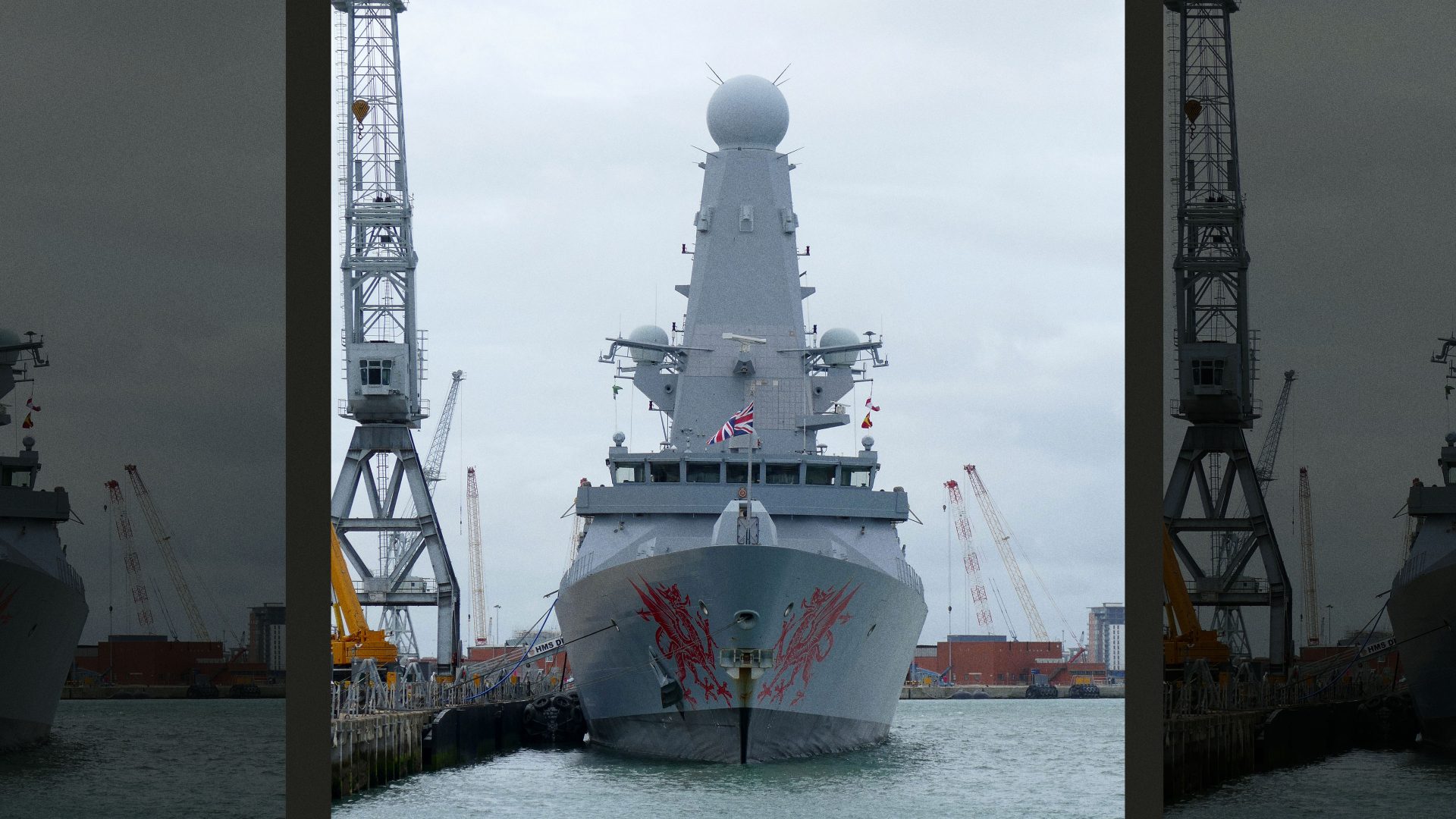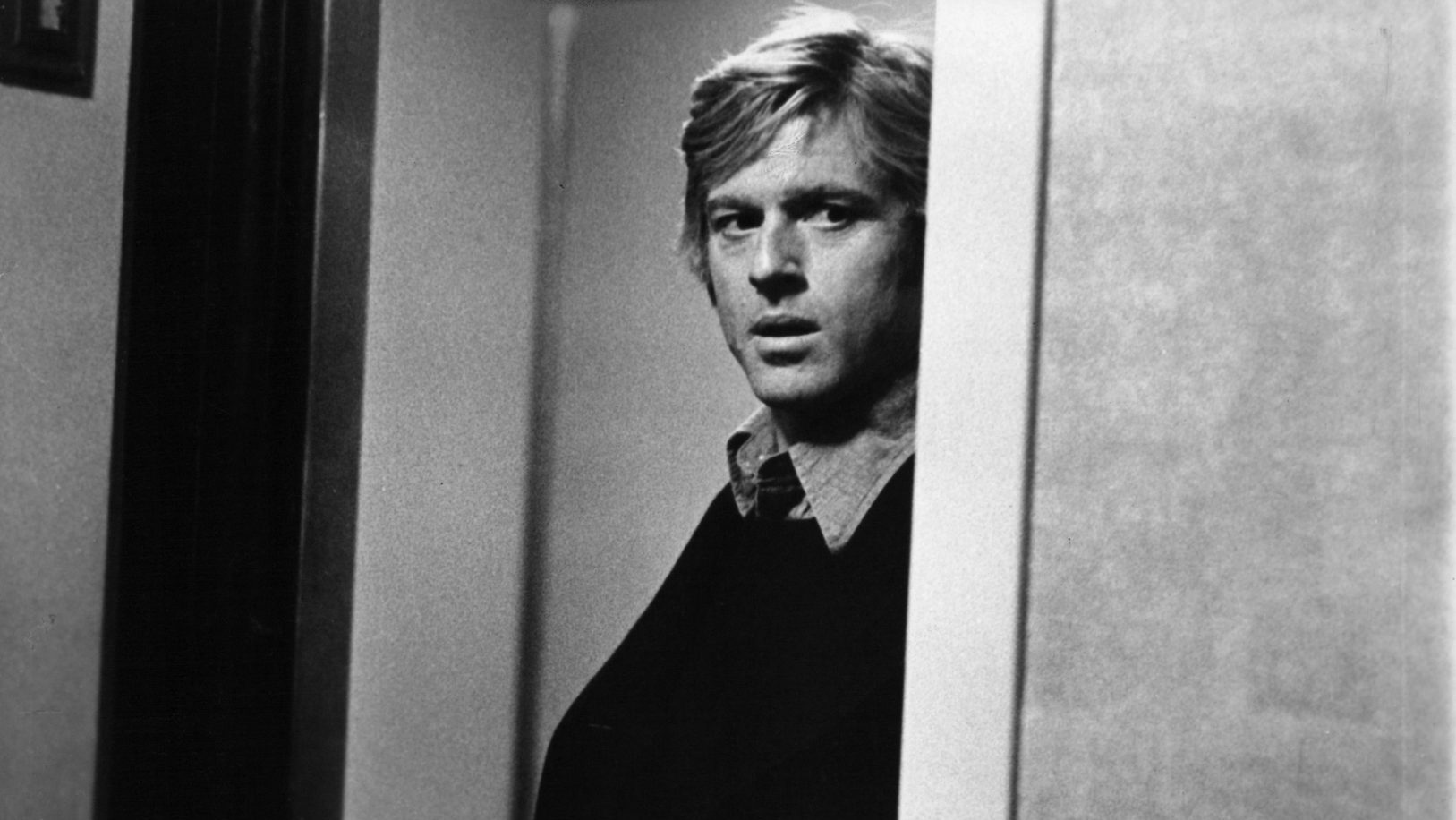The UK’s decision to join US-led air strikes against the Houthi regime in Yemen raised justified concerns: what’s the objective, and how do we avoid getting dragged into a “forever war” in which the outcome could be yet another failed state?
But even for those of us who accept the need for military action there’s an even more fundamental question: how do we afford it?
The two British frigates currently deployed to protect Red Sea shipping are known as Type 23s. They were designed in the 1980s, launched in the 1990s and are in urgent need of replacement. Of the 11 still in service, only seven are currently active due to maintenance and upgrade programmes, and only one has been equipped with new, Norwegian-built missiles that could actually sink another ship. Of their replacements, eight Type 26 frigates being built in Glasgow, only one will be ready by the end of 2027. And here’s where Britain’s ambitions for global leadership meet fiscal reality.
In November, the National Audit Office issued a highly critical report on the Ministry of Defence’s financial management. The MoD’s 10-Year Equipment Plan commits to spending £17bn it does not have, and would incur “unknown” but astronomical costs if the army, navy and air force actually bought the kit they have promised to buy.
With the frigates, for example, the cost of upgrading those we still want has quadrupled, from £23m to £100m each, because their age has doubled the time needed to do the job. Meanwhile, the leisurely pace of replacing them is also dictated by affordability. According to the magazine Navy Lookout, cost pressures “forced the MoD to artificially slow down delivery” of the first ship, HMS Glasgow. And with every delay, inflation simply adds to the financial pain: the project is already £233m over budget.
Equipment – which covers everything from a large ship to a drone the size of a dragonfly – used to absorb around 40% of the MoD’s budget 10 years ago, but now absorbs 49% and rising. And as a result, the whole equipment plan is unaffordable.
The £17bn black hole would be twice as big, for example, if the forces were not making “realism adjustments” as to delivery times. This means accepting that stuff will get delivered slower than promised because of staff shortages both in the shipyards and aircraft factories, and at the MoD itself. And even if it manages to slow down procurement, the NAO says there’s a chance the budget shortfall could reach £30bn, if other risks come to pass. In short, we are trying to be a global military power on the cheap, and it’s starting to tell.
Even as Royal Navy sailors are pictured in the heat of the action in the Gulf, clad head to toe in fire-resistant suits, the service faces what one anonymous MoD source called a “general collapse” in recruitment, with those joining 22% down on last year, and outnumbered by people leaving. Though some of this is due to the Generation Z problem – where young people don’t want to commit to long-term, hierarchical careers – low pay and having to work with equipment past its sell-by date don’t help.
And when it comes to rearming to meet the threat of Russian aggression in eastern Europe, there is a disturbing hole in the MoD’s calculations.
The army, for example, keeps a “Capability Assessment Register” to list the kind of kit it needs to meet the evolving threat. This, according to the NAO, “reports considerable unfunded capability gaps, most notably in: lethality; air defence; [command and control] systems; logistics; chemical, biological, radiological and nuclear (CBRN), and mobility”. That’s just about everything an army actually needs, yet generals are being told to modernise their forces out of the existing budget.
There is a project underway to upgrade 148 Challenger 2 tanks. Yet this is “still being costed”. The army wants a long-range missile that can strike 80km behind enemy lines, but “no money has been committed towards it”. As for the contracts to test and evaluate all this new equipment, there is – you guessed it – no money in the current plan allocated to renewing them, when they end in 2028.
If Labour were presiding over this fiasco it would be declared a scandal by every rag in Fleet Street. Instead, the MoD gets the kid glove treatment from a press corps that knows how cold it can feel once you’re on the outside of the ministry’s privileged briefing circuit.
But it can’t go on. The Tories have pledged to hike the defence budget to 2.5% of GDP (from 2.2%) “when fiscal conditions allow”. I predict this will happen in the March budget, when electoral conditions will demand it, whatever the fiscal cost. But it’s not enough. Russia has doubled its defence budget for 2024, allocating 6% of its GDP to the war in Ukraine. All major defence powers are upping both their military budgets and industrial capacity.
Nobody in their right mind wants to spend money on weapons that could be spent on schools, hospitals, transport and green energy. But rearming Britain, at the rate of say 3-4% of GDP, as in the cold war, will be a lot cheaper than fighting a war against Putin.
So, despite the weariness with which many greeted the strikes against the Houthis, we should see them as a wake-
up call. Conflicts are proliferating. It’s not the west that is starting them but, unless we are prepared to fund military equipment and innovation, they will proliferate beyond control.
Those risking their lives at the sharp end, and those who devote years to service careers, deserve the best kit. And they deserve a pay structure that looks like a reward, not an insult, when compared to their peers in the private sector. If the UK wants to remain a top-tier military power we need to find the money and pay the price.




